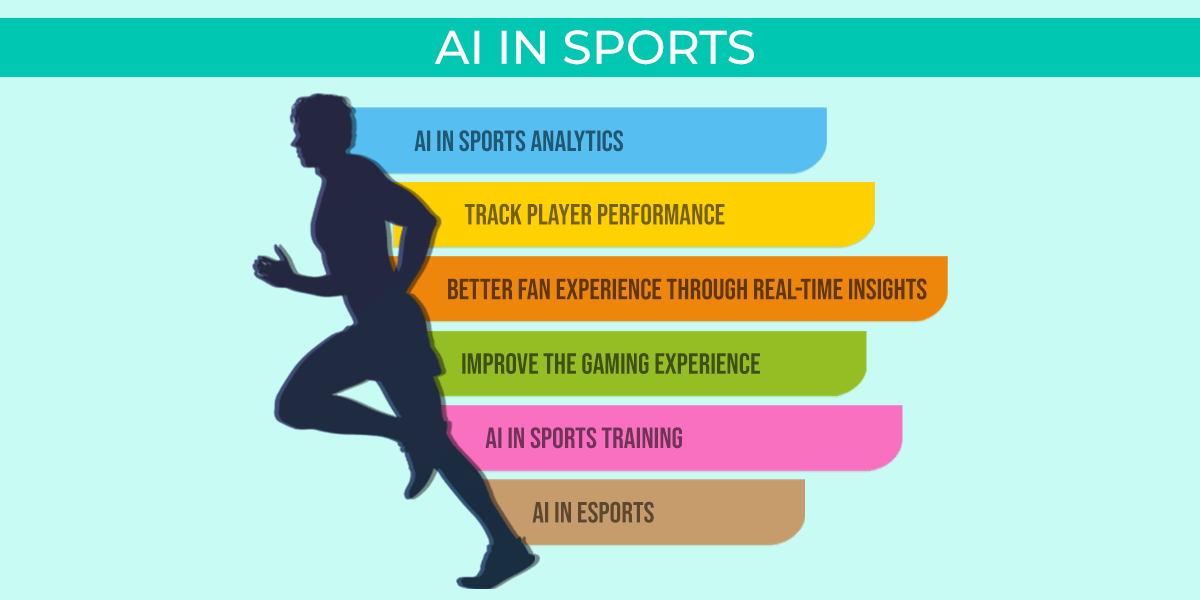Quantitative Research In Sports: Shaping The Future Of Athletic Performance And Fan Engagement In 2025
Quantitative Research in Sports: Shaping the Future of Athletic Performance and Fan Engagement in 2025
Related Articles: Quantitative Research in Sports: Shaping the Future of Athletic Performance and Fan Engagement in 2025
Introduction
In this auspicious occasion, we are delighted to delve into the intriguing topic related to Quantitative Research in Sports: Shaping the Future of Athletic Performance and Fan Engagement in 2025. Let’s weave interesting information and offer fresh perspectives to the readers.
Table of Content
Quantitative Research in Sports: Shaping the Future of Athletic Performance and Fan Engagement in 2025
The world of sports is in constant evolution, driven by advancements in technology, changing audience preferences, and the relentless pursuit of peak athletic performance. As we approach 2025, quantitative research is poised to play an even more crucial role in shaping the future of sports. This research method, characterized by its reliance on numerical data and statistical analysis, provides a powerful lens for understanding athlete performance, fan behavior, and the effectiveness of training and marketing strategies.
Understanding the Power of Numbers:
Quantitative research in sports goes beyond mere data collection. It involves the systematic gathering, analysis, and interpretation of numerical data to uncover trends, patterns, and insights that inform decision-making. This data can encompass various aspects of the sporting world, including:
- Athlete Performance Analysis: Biomechanical data from motion capture systems, wearable sensors, and GPS trackers can provide detailed insights into an athlete’s movement patterns, speed, agility, and force production. This information allows coaches and trainers to optimize training programs, identify areas for improvement, and prevent injuries.
- Fan Engagement and Consumption: Surveys, social media analytics, and data from streaming platforms reveal fan demographics, preferences, and viewing habits. This information helps leagues and teams tailor marketing campaigns, personalize fan experiences, and develop content that resonates with specific audiences.
- Sports Technology and Innovation: Quantitative research plays a crucial role in evaluating the effectiveness of new technologies and innovations in sports, such as virtual reality training tools, performance-enhancing wearables, and data-driven coaching platforms. By measuring the impact of these innovations, researchers can determine their efficacy and guide future development.
- Sports Injury Prevention and Rehabilitation: Quantitative research helps understand the underlying causes of sports injuries, identify risk factors, and develop effective prevention strategies. Data from injury databases, biomechanical analyses, and epidemiological studies contribute to the development of targeted rehabilitation programs and injury-specific training protocols.
Real-World Applications in 2025:
The applications of quantitative research in sports are vast and continue to evolve. Here are some concrete examples of how this research will shape the sporting landscape in 2025:
- Personalized Training Programs: Leveraging advanced data analytics and artificial intelligence, athletes will receive customized training plans based on their individual physiological characteristics, strengths, and weaknesses. This personalized approach will optimize performance, minimize injury risk, and enhance individual potential.
- Enhanced Fan Experiences: Interactive technologies, such as augmented reality and virtual reality, will be integrated into stadiums and broadcasts, providing fans with immersive and personalized experiences. Data analysis will inform the development of tailored content, interactive games, and personalized communication strategies, ensuring fans remain engaged and connected.
- Data-Driven Coaching Decisions: Coaches will rely on real-time data from wearable sensors and advanced analytics to make informed decisions during games. This data will provide insights into player fatigue, tactical effectiveness, and injury risk, enabling coaches to optimize strategies and make substitutions based on objective information.
- Predictive Analytics for Player Development: Quantitative research will be used to identify young athletes with high potential based on their physical attributes, technical skills, and psychological profiles. This data-driven approach will optimize talent identification and development programs, ensuring the future of sports remains strong.
FAQs: Exploring the Depth of Quantitative Research in Sports
Q: What are the limitations of quantitative research in sports?
A: While powerful, quantitative research has limitations. It relies heavily on objective data and may not fully capture the complex interplay of factors that influence performance, such as motivation, team dynamics, and psychological factors. Additionally, data collection and analysis can be expensive and time-consuming, requiring specialized expertise and resources.
Q: How can teams and leagues ensure the ethical use of quantitative data?
A: Ethical considerations are paramount. Teams and leagues must prioritize data privacy and security, ensuring that athlete and fan data is collected and used responsibly. Transparency and informed consent are crucial, allowing individuals to understand how their data is being used.
Q: How can quantitative research contribute to the inclusivity and accessibility of sports?
A: Quantitative research can help identify barriers to participation and develop strategies to promote inclusivity in sports. Data on participation rates, access to facilities, and socioeconomic factors can inform the development of targeted programs and initiatives aimed at increasing accessibility for underrepresented groups.
Tips for Effective Quantitative Research in Sports:
- Define clear research objectives: Before embarking on any research, clearly define the specific questions you aim to answer. This ensures your data collection and analysis are focused and relevant.
- Choose appropriate data collection methods: Select methods that align with your research objectives and the nature of the data you need to gather. This might involve surveys, interviews, observation, or the use of wearable sensors.
- Ensure data quality and reliability: Implement rigorous data collection procedures to minimize errors and ensure the accuracy and reliability of your findings.
- Utilize statistical analysis tools: Employ appropriate statistical methods to analyze the data and extract meaningful insights.
- Interpret findings in context: Avoid drawing conclusions solely based on statistical significance. Consider the broader context of the research and the limitations of the data.
Conclusion: A Data-Driven Future for Sports
Quantitative research is not simply a tool for analyzing data; it is a powerful engine driving innovation and progress in the world of sports. By harnessing the power of numbers, teams, leagues, and researchers can gain a deeper understanding of athlete performance, fan behavior, and the effectiveness of training and marketing strategies. This data-driven approach is shaping the future of sports, leading to personalized experiences, optimized performance, and a more inclusive and engaging sporting landscape for athletes and fans alike.

![[PDF] Journal of Quantitative Analysis in Sports A Starting Point for Analyzing Basketball](https://d3i71xaburhd42.cloudfront.net/5ce74ed63498e98e13c81b7815f757f6ba54ae06/9-Figure1-1.png)





Closure
Thus, we hope this article has provided valuable insights into Quantitative Research in Sports: Shaping the Future of Athletic Performance and Fan Engagement in 2025. We hope you find this article informative and beneficial. See you in our next article!
You may also like
Recent Posts
- The Evolving Landscape Of Online Gaming In 2025: A Look At Emerging Trends And Innovations
- The Evolving Landscape Of Online Gaming On PS4 In 2025: A Glimpse Into The Future
- The Evolving Landscape Of Free Online Gaming: A Look Into Microsoft’s Vision For 2025
- The Evolution Of Online Slots: Exploring The Landscape Of Free Play In 2025
- The Enduring Charm Of 8-Bit: Exploring Online Retro Gaming In 2025
- The Evolving Landscape Of Free Virtual Games: A Glimpse Into 2025
- The Evolving Landscape Of Online Two-Player Games For Kids: A Look At 2025
- Wordplay In The Digital Age: Exploring The Evolution Of Online Word Games In 2025

Leave a Reply